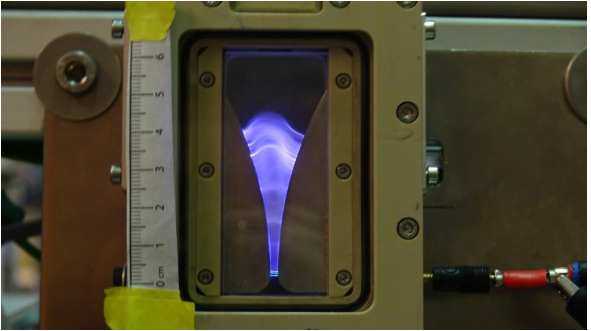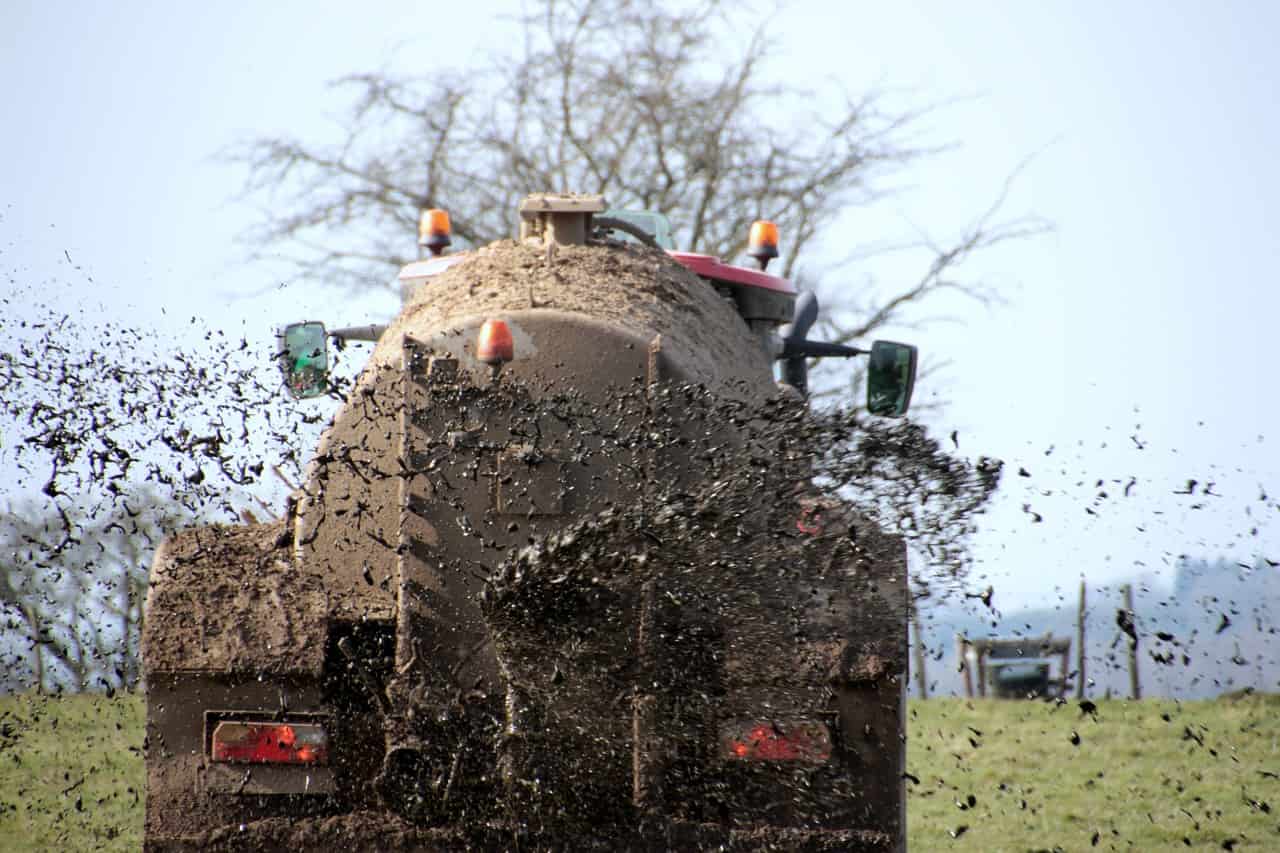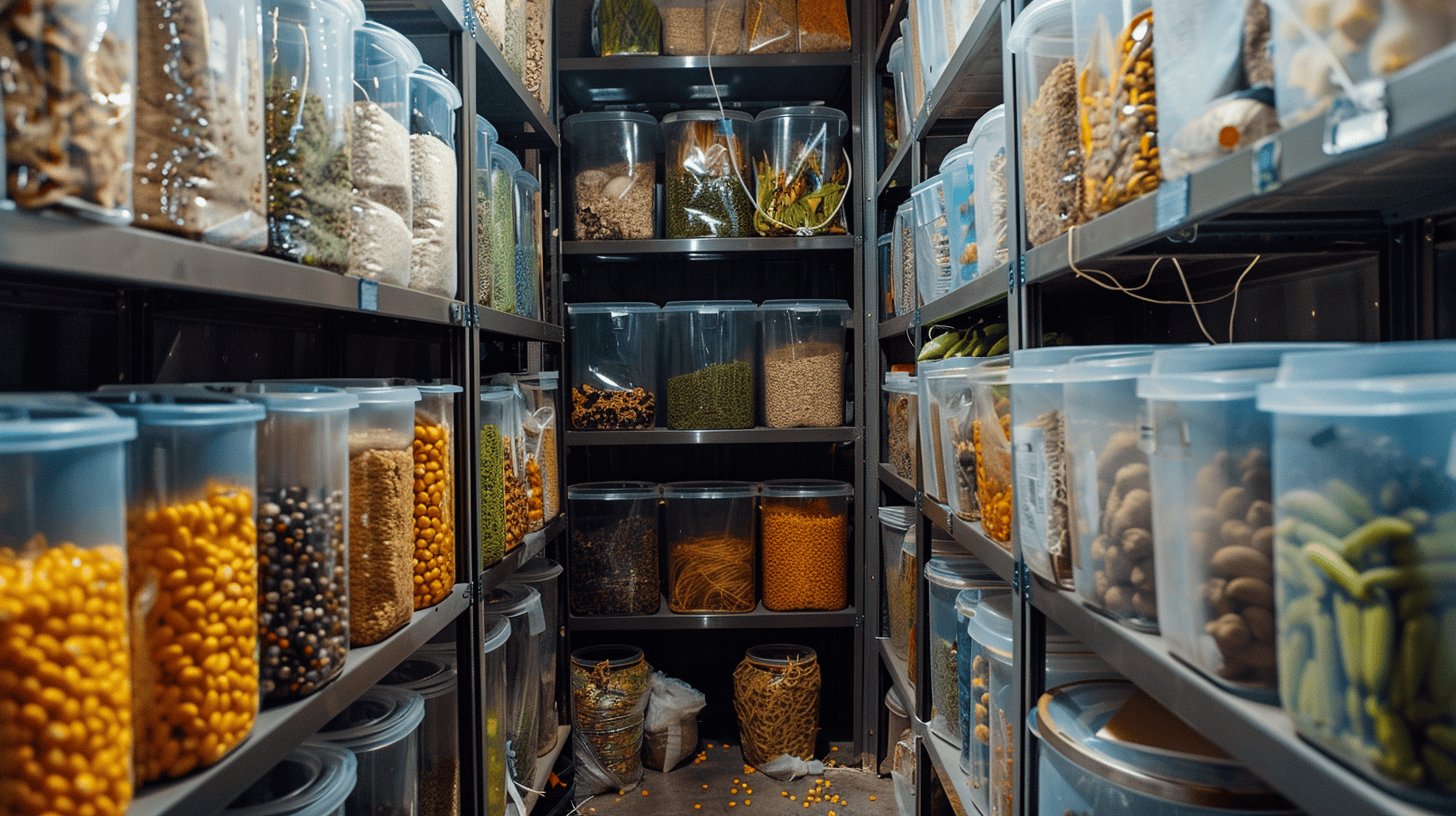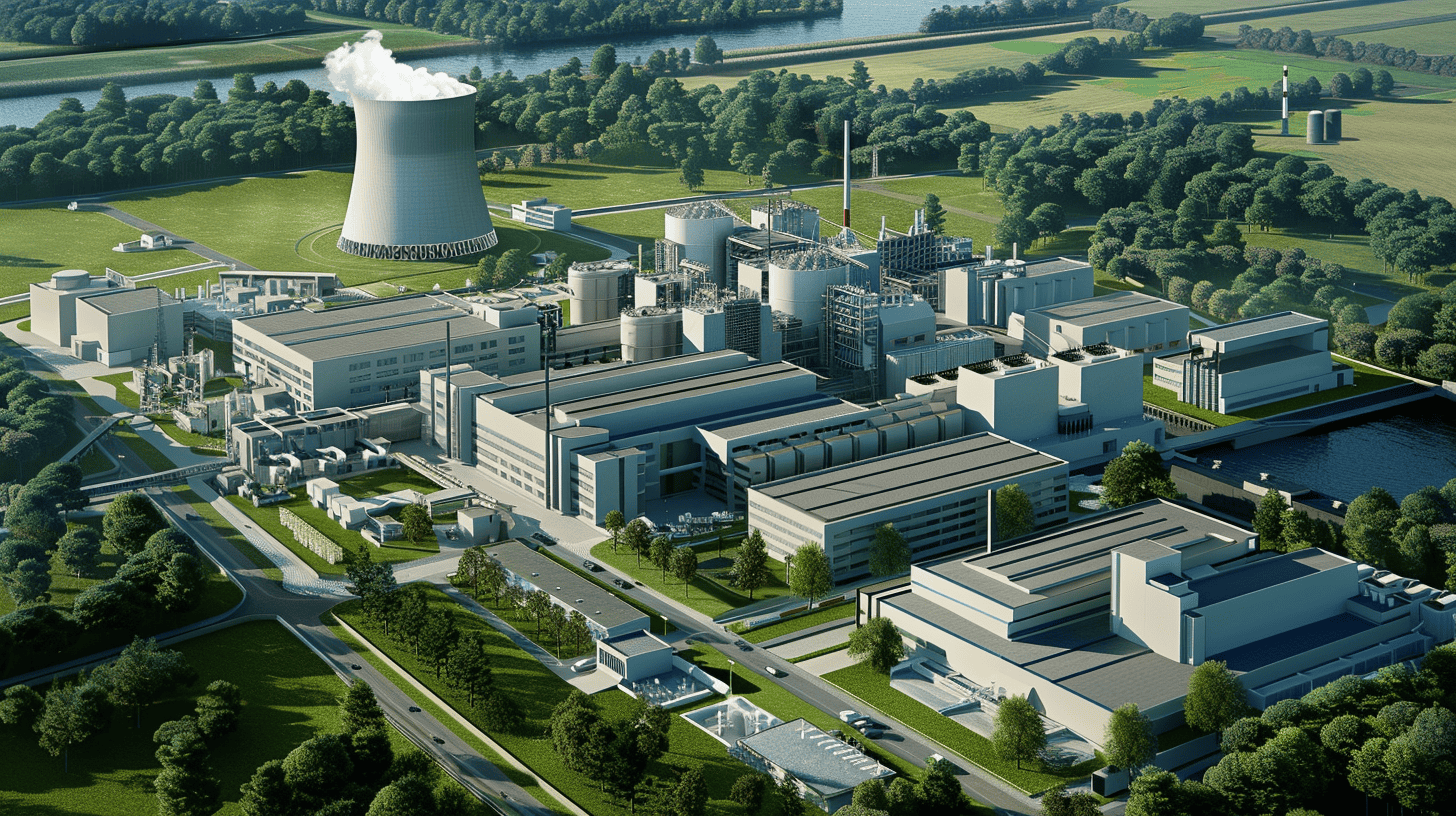
Researchers at Eindhoven University of Technology (TU/e) in the Netherlands have built a small plasma reactor that makes liquid nitrogen-based fertilizer using only sun, water and air. The aim is for farmers in developing countries in particular to benefit from the system. The equipment will be on the market within three to five years. IO previously reported on other -larger- plasma reactors that can be used to make fertilizer. Such as the one made by the Dutch company VitalFluids.
The small plasma reactor was developed within the framework of the Africa project under the auspices of Leap-Agri. This is an EU-subsidized research program that aims to help farmers in the developing world.
Flexible
“Our system is small in scale, simple and very fast, says TU/e professor Fausto Gallucci. “Once you turn it on, it’s really a matter of seconds before it starts producing fertilizer. That also makes it very flexible. You only run it when the sun is shining and you need fertilizer.”
A process known as nitrogen fixation is used to make nitrogen fertilizer in a plasma reactor. To initiate the fixation process, the nitrogen molecules must first be “activated” by means of an electric charge. This causes the bonds that hold the nitrogen atoms together to break down, which in turn creates the plasma. The electricity for plasma formation is provided by solar energy in the case of the Leap Agri reactor. This is a cheap and sustainable source that is widely available in developing countries.
Currently, the cost of the mini-reactor is still relatively high (around 70,000 euros), but Gallucci expects the price to drop considerably once it is produced on a larger scale. “One day, farmers in Africa will be able to buy their own fertilizer unit, individually or collectively as a village. The collective can then rent out the reactor to its members, or sell the fertilizer to other villages.”
Other applications
Together with a number of partners, Gallucci started the TU/e spin-off 4th State Technologies in order to launch the mini-reactor on the market. He expects the unit to be available within the next three to five years, once the required certification process is completed. The spin-off will also explore other promising applications for plasma technology, such as the capture and reuse of CO2 for the chemical industry.
The Africa project is a collaboration between TU/e, the National Agricultural Research Organisation (Uganda), the Soil Research Institute (Ghana), Nelson Mandela University (South Africa), Fraunhofer Research Association (Portugal) and Evonik (Germany). It was funded by the EU as part of the Leap-Agri program.
Title photo: The plasma reactor being tested for the production of NOx in Uganda.
Also interesting:
Farmers will soon be making their own fertilizer with plasma technology
Vitalfluid’s reactor feeds greenhouse crops literally at lightning speed








